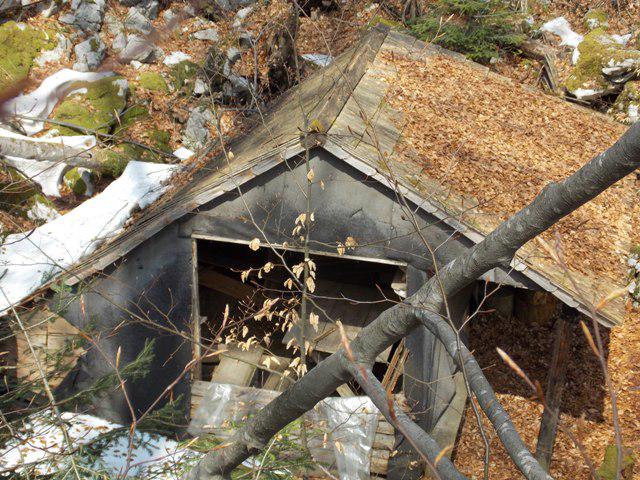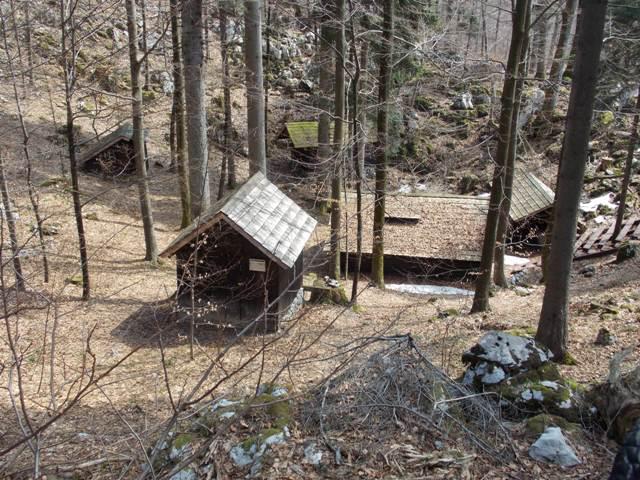

Hidden in a vast primeval forest in southern Slovenia lies a mysterious-looking complex of shacks. Now a part of a museum, the buildings were a part of a remarkable guerrilla base during some of the darkest days in Slovenian history.
The story has its roots in 1941, when Slovenia was occupied by the Axis powers and split between Italy, Germany, and Hungary. Members of the Partisan resistance headed into the woods, from where they led their campaign against the occupying troops. They soon began to consider setting up a centralized base, from which they could coordinate their activities.
In 1942, the location for the top-secret base was chosen: Baza 20 (“Base 20”) was to be built in the old-growth forests of Kočevje, many kilometers from any villages or even roads. The exact site was selected by a lawyer named Marijan Brecelj and a widely-respected gynecologist named Pavel Lunaček.
Lunaček helped to set up a central hospital at Baza 20. It treated the wounded and supplied other military hospitals hidden in the forests of Slovenia. It even served as a maternity ward for babies born to families at the base.
Throughout 1943, various structures were added to the site. Some housed Communist officials, while others were set aside for fighters, doctors, journalists, and other members of the Resistance. Significantly, several workshops that served the war effort also operated at the base. One served as the headquarters of a resistance newspaper and featured a fully equipped printing press. From there, copies of the newspaper were dispatched to various parts of Slovenian territory.
At its height, the base consisted of 26 buildings. Eventually, other bases were built in the forests of Kočevje, but Baza 20 remained by far the largest.
Over the course of World War II, both the Italians and Germans launched major offensives to destroy Partisan bases, but they never discovered Baza 20. The remarkable stronghold – the only such settlement in occupied Europe -- remained unknown to the enemy throughout its existence. Towards the end of the conflict, the base’s inhabitants moved to the region of Bela Krajina, which had already been liberated by the Resistance.
The buildings of Baza 20 have been preserved as a museum. Nowadays, visitors can tour the shacks that once formed a remarkable settlement -- a unique symbol of resistance in the heart of Axis-occupied Europe.
Jaka Bartolj

































































